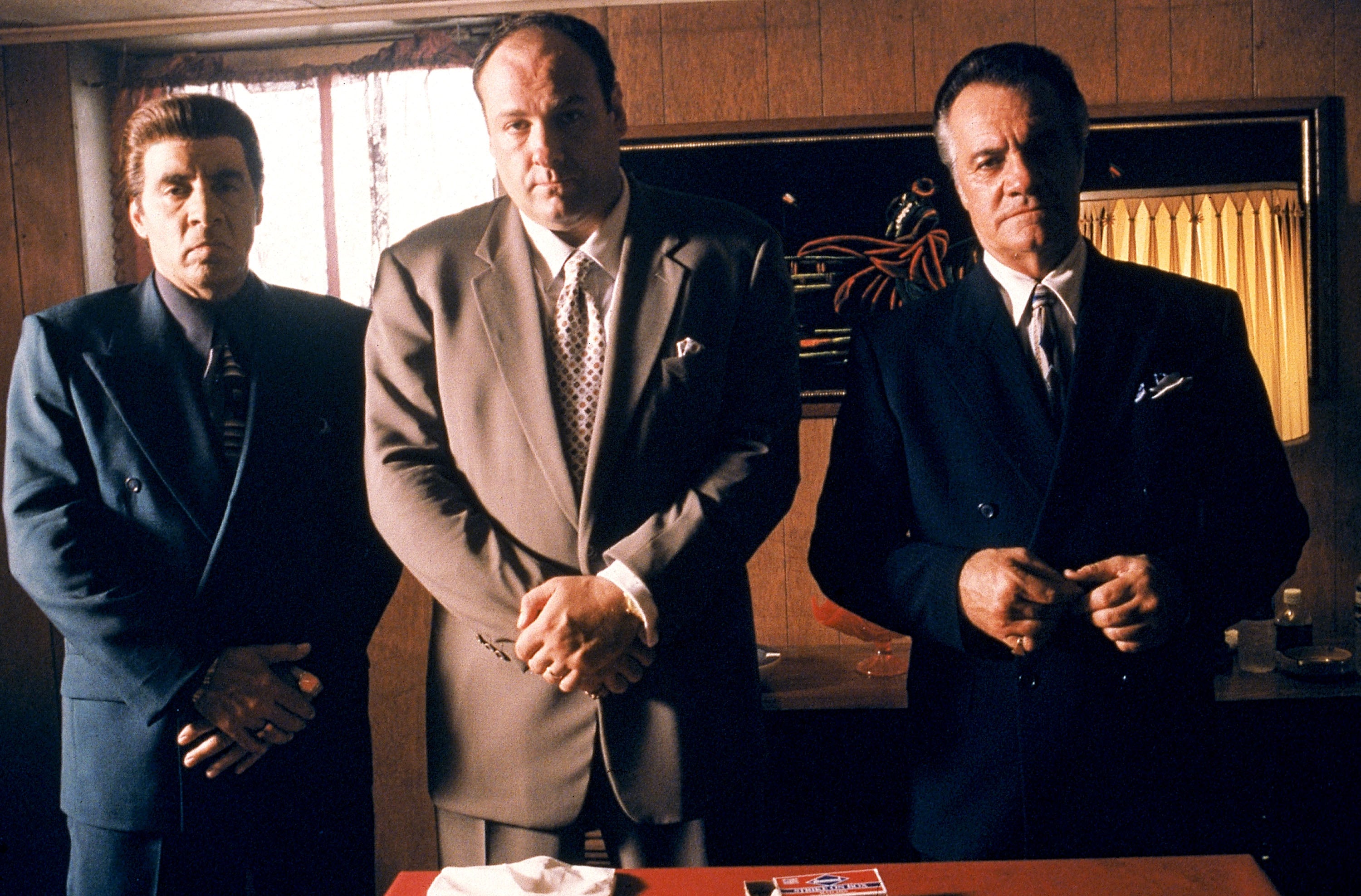From voice notes to great films – why people are watching and listening at up to four times speed
Watching great TV shows and films at double speed or even faster is seen as heresy by many. But is it really worse than not getting to watch at all, asks Andrew Griffin


They talk so fast that the sound is no longer words: it is the rhythmic patter of sound being thrown around so quickly you can’t follow it, more akin to an improvised drum solo than a conversation. This is the future of YouTube – or at least a future that YouTube now offers to anyone who wants to pay for it, and subject their head to the blurry speed of watching at four times the normal speed.
Last week, the streaming video site added the option to watch at four times speed, twice the current offering, which itself has already led to hand-wringing about what is happening to the world’s attention span. For now, the option is only available to YouTube’s premium subscribers as part of an early experiment, but those experiments tend to make their way out to the rest of its users.
It is just the latest, and arguably the most dramatic, moment in a race that has come to most platforms that offer the option to listen to or watch content: how fast can you get through it? But while watching at warp speed might seem a reflection of a dangerous problem with our attention spans and our overwhelm at the sheer amount of content on offer, it could also represent a new way to actually get people to engage better with what they do watch – even if they do so shockingly fast.
YouTube did not immediately comment on why people needed to watch videos so fast. But a clue might lie in one of the company’s big growth areas in recent years: video podcasts. (These are not really podcasts at all but recorded conversations that can then be consumed as audio or with video.)
The original podcast app, made by Apple, has long offered the option to listen at double speed. But some rivals take it even further: the independent Overcast app not only offers the option to go up to three times, but also has a “smart speed” option that identifies silences and cuts them out, which means that you can get through podcasts much more quickly, depending on how often people clam up.
But this has long had its detractors. Almost a decade ago, John Lagomarsino wrote an article in The Verge headlined ‘Stop listening to podcasts at 1.5x’. He pointed out that speeding up the sound could dramatically change the feel of a recording, and how smart speed would cut off the silences that are important to adding a feeling of tension or anticipation.
But Lagomarsino is a producer, and was writing in an era when podcasts often recalled the intentional and curated feel of radio productions. A decade on, it feels like a complaint from another world: podcasts are more likely to be an unstructured and unplanned conversation between people, and people can easily listen at twice that speed. Lagomarsino’s plea was perhaps a noble one, but it was not heard.
Today, many podcasts might be likened more to hearing two people sharing their voice notes in public. And, indeed, that appears to be the most socially acceptable form of speed: multiple people when talking about this article refused to listen to anything published at fast speed, but would do so with their friends’ recordings. (WhatsApp is among the chat platforms that lets it users speed up voice notes to 1.5 or 2 times, and when it announced the feature it said it was doing so to make “voice messages even better”.)
The spectrum appears to begin with voice notes, progressing up through podcasts and audiobooks and into YouTube, before moving onto TV shows and films. Most people tend to pick a place on that spectrum and refuse anything above it – though some of course reject it entirely.
The spectrum itself appears to be partly about information density as well as intentionality: in a meandering voice note, there is only the sound to focus on, and people might only be getting in a word or two per second. By contrast, in a properly made film, every frame is intentionally chosen and could be subject to its own analysis.
The Independent’s culture team were largely dismissive at best of the idea of speeding up films and TV: proposed punishments ran from a “lifetime ban from watching anything” to imprisonment. Some said that they had given into the temptation when watching shows for context for a piece, for example – or to reduce the tension in scary films they had been assigned to watch for reviews – but said that watching on super speed appeared to destroy something fundamental about the experience. Some likened it to reports that Netflix for instance is asking writers to think about the fact that their viewers will often be distracted by a second screen, and to consider that in the pacing and delivery of their work.
“What is the point in writers and directors, and actors, thinking about scene pacing and joke delivery or beautiful lingering shots if the viewer's just watching on fast-forward? And isn't a huge part of why we watch tv and film to relax and slow down?” says Ellie Harrison, The Independent’s TV editor. “Voice notes I get, because people really do go on.”
But most blame the streamers and platforms that have given viewers the option, rather than the viewers who took them up on it.
Netflix is unusual in offering the feature to its users, who can watch at up to 1.5x speed (or at 0.5x speed), though iPlayer for example can go all the way up to double speed. None of the other major streamers – Prime Video, Apple TV+, Disney+ – don’t allow viewers the choice of speeding up at all. (None of the streaming companies contacted commented on why they had chosen to make the feature available or not.)
Super speed is not an entirely new phenomenon – and viewers haven’t even always known that it was happening. Reruns of Seinfeld for instance used to be sped up by 7.5 per cent giving two extra minutes over the course of an episode, time that could be used for ads.
And it is not necessarily a purely bad or cynical one. A study published in late 2021 from UCLA researchers suggested that students were able to retain information well when watching at double speed. But the effects fell off quickly after that, with students watching at 2.5 times speed showing a significantly less clear ability to demonstrate comprehension of their lectures.
That has been the experience of this writer, who has undergone a sort of slow and accidental training period that means that listening to podcasts at three times speed is now fairly natural. It requires listening through headphones, and with keen concentration – but that is precisely the point. Going at warp speed means that you can’t stop concentrating for even a moment, and that there are no gaps in speech to allow you to drift off.
Others favour fast speed for its pure efficiency: there is so much to experience, and so little time, and listening fast changes that equation. But it can have drawbacks, say the people who have done it habitually.
“I used to watch some shows on 1.5x or 2x speed, back when series were released on DVD box sets. I would rent them out, or borrow them from a friend, and race through them in a single weekend,” says Anthony Cuthbertson, deputy technology editor at The Independent.
“I remember there were some unexpectedly hilarious moments, like watching Tony Soprano and Christopher reunite in the Pine Barrens at double speed. There were also times, particularly during action scenes in 24, that it made me nauseous.
“I understand when people say certain shows shouldn’t be rushed, or even that it’s disrespectful to the craft - especially when it’s done to a masterpiece like The Sopranos. But it was more a feeling of greed, like eating a favourite meal too fast. I wanted to consume it all as quickly as possible, even if sometimes it made me a bit sick.”
Join our commenting forum
Join thought-provoking conversations, follow other Independent readers and see their replies
Comments